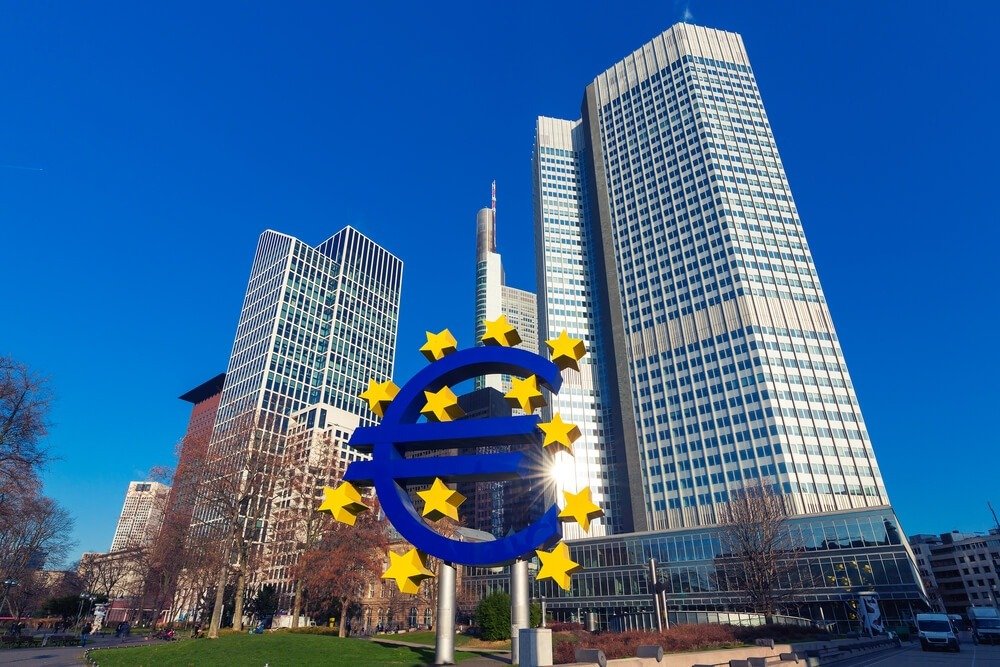The optimism of a closer fiscal union in Europe fueled a four-day rising streak. It fizzled out with China-U.S. tensions and concerning economic data coming to the fore. Thus, on Thursday, the euro steadied.
On Monday, Germany and France proposed a $543 billion (500-billion-euro) recovery fund. Thus, it offers a grant to sectors and regions hit hardest by the coronavirus pandemic. It raised hopes that European policymakers were taking more decisive steps for tackling the economic damage.
The news lifted the euro from the $1.08 levels. Moreover, there it has been languishing for the last two months and pushed it towards $1.10. The single currency is remaining more than 4% away from the 2020 highs of $1.15 levels tested in early March.
Euro and Other Currencies
Nevertheless, on Thursday the euro took a breather with easing down 0.04% to $1.0974. It happened because stock markets around Europe traded in negative territory. The new data again showed the devastating impact of the coronavirus on the economy of the eurozone. Nevertheless, the situation eased because some governments lifted lockdowns partially.
IHS Markit’s Flash Composite Purchasing Managers’ Index is seen as a good gauge of economic health. It has crashed to what was by far it was the lowest reading in the survey’s nearly 22-year history last month, IHS recovered to 30.5 from April’s 13.6.
Jessica Hinds works at Capital Economics. She said that picture is that the index is consistent with the activity of the economy in the region remains very depressed even that lockdown measures gradually lifted.
The business clump in Europe (Germany and France) eased to some extent. Nevertheless, the data is less favourable than expected. The data of British PMI showed that the economy flattened out a bit this month from nosedive April.
In recent days hopes for a quick economic recovery have been dashed.
It is the current news of the market.















